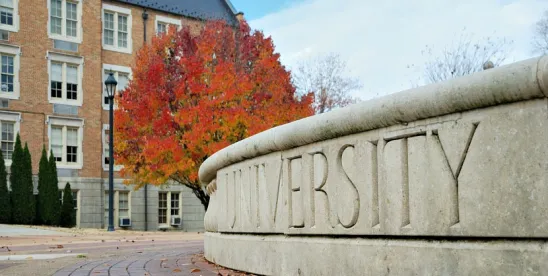Nonprofits are eligible for transferrable Brownfields tax credits for remediation conducted prior to 2006 according to a recent ruling by the Massachusetts Appeals Court. As we previously reported in March 2016, the Massachusetts Department of Revenue issued guidance in November 2013 declaring that nonprofit organizations are not entitled to receive credit for Brownfields cleanups completed in a taxable year that began before June 24, 2006. This guidance was challenged by several universities and a real estate developer, and in 2015, the Superior Court declared that the DOR overreached and the directive was invalid. DOR appealed. In its decision in Northeastern University v. Comm’r of Revenue, 92 Mass.App.Ct. 1120 (Mass.App.Ct. 2017), the Appeals Court affirmed the Superior Court’s decision based on the clear language of the statute. A motion for further appellate review has been filed with the top Massachusetts court.
The brownfields tax credit program was created in 1998 to allow eligible taxpayers to receive a tax credit if they pursue an environmental response action and achieve either a permanent solution or remedy operation status under the state cleanup law, M.G.L. c. 21E. The credit applies only to costs incurred on or after August 1, 1998. In 2006, the legislature expanded the program to nonprofit organizations and, as they are not taxpayers, allowed the credit to be transferred. From 2006 to 2013, DOR allowed nonprofits to benefit from the tax credit for work performed from August 1, 1998. Then in November 2013, DOR issued Directive 13-4: Guidance with Respect to Brownfields Tax Credit Applications, in which it stated that nonprofits were not entitled to receive the credit for a response action completed in a taxable year that began before the June 24, 2006 amendments.
A redevelopment company and several universities challenged determinations made by DOR to deny brownfields tax credits for remediation projects completed prior to 2006. 131 Willow Ave., LLC v. Commissioner of Revenue, 33 Mass.L.Rptr. 49 (2015). In making these determinations, DOR had relied on the language of the Directive 13-4. That court held that the plain language of the statute is unambiguous and does not contain any exclusion for nonprofits as to whether the environmental cleanup is completed before or after the 2006 amendment, and therefore the Directive is “unreasonable and DOR’s denial of the applications based on that directive was unlawful.” The Appeals Court affirmed the Superior Court’s ruling.
Interestingly, the directive remains on the DOR’s website as apparently valid guidance. Nonprofits should be aware that the directive has been ruled unlawful subject to the pending appeal, and should follow the appeal carefully.




 />i
/>i
